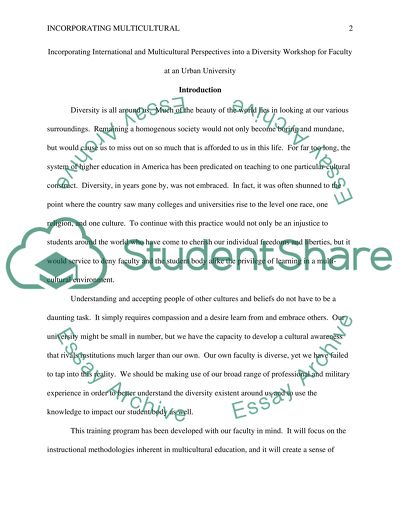Cite this document
(“Designing a Diversity Workshop for University Faculty Incorporating Research Paper”, n.d.)
Retrieved from https://studentshare.org/education/1476269-designing-a-diversity-workshop-for-university
Retrieved from https://studentshare.org/education/1476269-designing-a-diversity-workshop-for-university
(Designing a Diversity Workshop for University Faculty Incorporating Research Paper)
https://studentshare.org/education/1476269-designing-a-diversity-workshop-for-university.
https://studentshare.org/education/1476269-designing-a-diversity-workshop-for-university.
“Designing a Diversity Workshop for University Faculty Incorporating Research Paper”, n.d. https://studentshare.org/education/1476269-designing-a-diversity-workshop-for-university.


